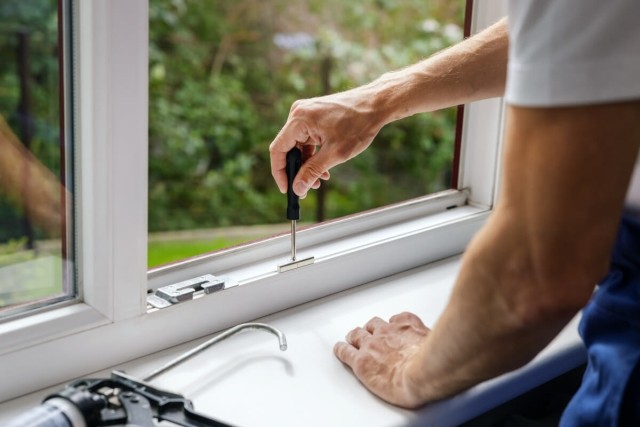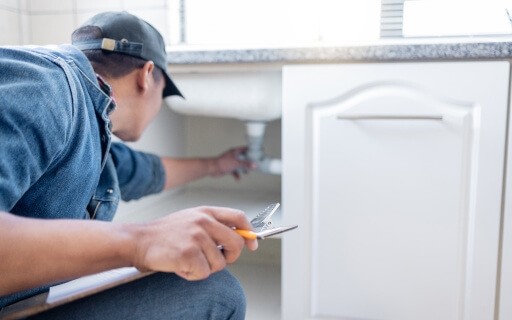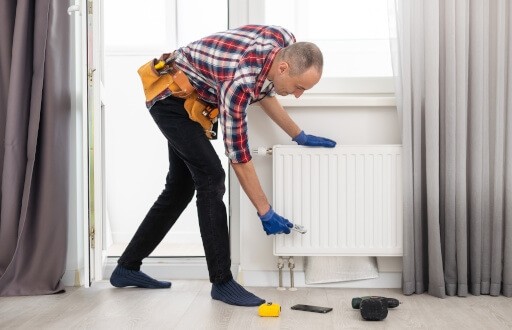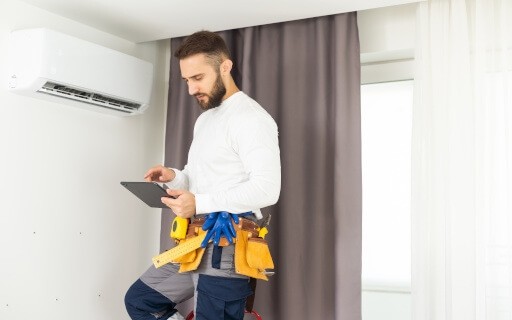What to Know About Snow and Ice Removal
- In most rentals, the property owner is responsible for snow and ice removal unless the lease assigns it to the tenant.
- Local or state laws may set deadlines (often within 24–48 hours after snowfall) and define who must clear public sidewalks.
- ADA considerations: Keep an accessible 36‑inch‑wide path where applicable; don’t push snow back into streets/curbs.
- Multi‑unit properties: Owners/managers usually remove snow or hire a vendor. Single‑family rentals: The lease can require the tenant to shovel.
Your lease agreement and local ordinances control who is responsible for snow and ice removal. Make sure the responsibility, areas, and timeframe are included in your lease agreement.
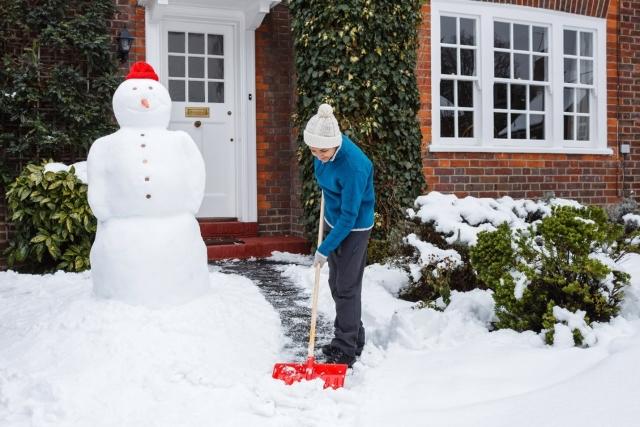
On This Page
- Who is responsible for snow and ice removal?
- What should a lease say about snow removal?
- What do local and state laws require?
- How does the ADA affect sidewalk snow removal?
- Are seniors and people with disabilities required to shovel?
- How fast must snow and ice be cleared?
- What happens if snow and ice aren’t removed?
- What if someone slips on ice?
- Pros & cons: owner‑handled vs tenant‑handled
- Step‑by‑step winter plan for landlords
- Lease clause checklist
- Ice and Snow Removal FAQs
Who is responsible for snow and ice removal?
Key takeaways
- The default is usually the property owner, especially for multi‑unit buildings.
- Single‑family rentals often assign shoveling to tenants via the lease.
Responsibility boils down to (1) your lease and (2) local law. For apartments and larger multifamily properties, the property owners or managers typically handle snow removal, either directly or through a vendor, to maintain the common areas and parking lots.
Owners of single-family rental homes often assign snow removal to tenants, with clear standards and timeframes outlined in the lease agreement.
What should a lease say about snow removal?
Key takeaways
- Name who, where, when, and how (materials, standards, documentation).
- Add specifications (e.g., “after 2 inches” or “by 8 a.m. next day”).
When you create a lease, be clear about who’s responsible for the snow removal and when and where the snow needs to be removed.
If you advertise your property on Apartments.com, you can easily create a lease that fits your property and your standards.
Our fully customizable lease agreements are state-specific and legally binding, meaning you can create a lease no matter where your property is located, and it will adhere to all state laws and local ordinances.
Plus, there is a section for stipulations where you can include information on who is responsible for snow removal. Once your lease is created, your tenants can quickly sign online.
What do local and state laws require?
Key takeaways
- Many cities require adjacent sidewalks to be cleared by the abutting owner/occupant within a set deadline.
- Fines and citations may apply for non‑compliance.
Ordinances vary widely. Some jurisdictions place the duty on owners, others on occupants, and some split responsibility. Time windows often start when snowfall ends. Encourage residents to follow posted local guidance and sign up for municipal alerts during winter months.
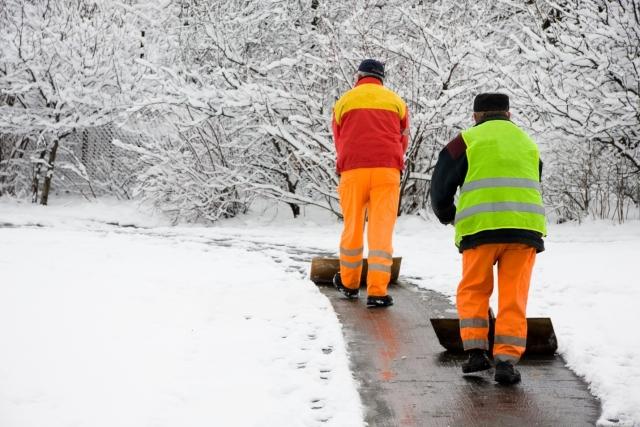
How does the ADA affect sidewalk snow removal?
Key takeaways
- Maintain an accessible route at least 36 inches wide to accommodate wheelchairs.
- Don’t pile snow where it blocks crosswalks, curb ramps, or accessible parking.
Public agencies manage accessibility for public rights‑of‑way, but many jurisdictions delegate sidewalk clearing to property owners/occupants. Keep accessible routes as clear as reasonably possible during and after storms, including curb‑ramp aprons and building entries.
Are seniors and people with disabilities required to shovel?
Key takeaways
- Requirements vary by city; some offer exemptions or assistance programs.
- Owners/managers should provide reasonable support where feasible.
Because shoveling snow can be hazardous and difficult, senior citizens and those with disabilities are exempt from snow removal. If you manage a property with residents who are exempt from snow removal, you may be able to get help from volunteer programs, neighbors, churches, or youth groups. Some cities provide subsidies for the elderly and people with disabilities to hire snow removal services.
How fast must snow and ice be cleared?
Key takeaways
- Common deadlines: within a few hours to 24–48 hours after the storm.
- Define a timeframe in your lease that meets or exceeds local rules.
Your lease should specify both initial clearing and re‑treating for refreeze overnight. For larger properties, set service‑level standards (e.g., keep drives passable during active snowfall; final cleanup within X hours after the storm).
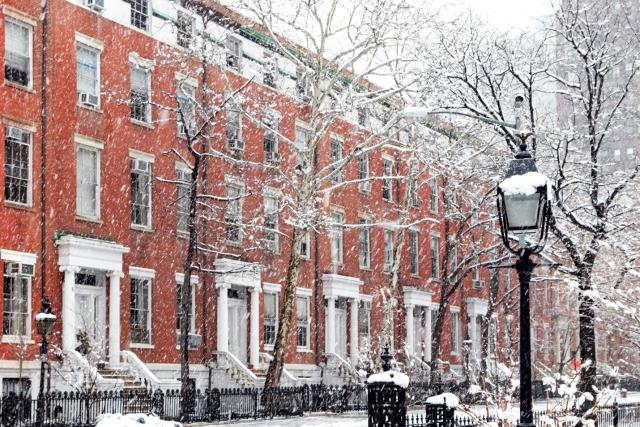
What happens if snow and ice aren’t removed?
Key takeaways
- Possible fines, citations, or liability under premises‑liability rules.
- Missed service can impact renewals and reviews.
Ignoring snow/ice can lead to city/county fines. If you state in your lease agreement that you will handle snow and ice removal and you fail to do so, you could face maintenance requests, complaints, or even legal issues with your tenants. Not following through on snow and ice removal could also lead to tenants not renewing the lease or leaving you a negative review.
If your lease states that tenants are responsible for snow and ice removal and they haven’t done so, send them a letter. You’ll need the paper trail if someone gets hurt due to slipping on ice/snow. As the property owner, you could ultimately be held responsible, so make sure you can prove you made every effort to rectify the situation.
Next, find out why the tenant hasn’t cleared the snow and ice. If equipment is an issue or if they’ve been ill, you may need to work something out with them or find a neighbor willing to help.
If your lease contains a clause that clearly states the tenant is responsible for snow and ice removal and they are not doing so, this is a lease violation. If you’re unable to resolve the issue, you can issue a cure or quit notice.
What if someone slips on ice?
Key takeaways
- Landlords must keep premises reasonably safe; document storms and treatments.
- Notify insurance promptly and consult counsel on local standards.
Under premises‑liability principles, injured parties often must show the owner/manager knew or should have known about the hazard and failed to act or warn. Keep logs (timestamps, photos, vendor tickets) showing plowing, shoveling, and ice‑melt application. Post temporary warnings near known slick areas, and speak to a lawyer in your state who is familiar with your state laws and personal injury claims.
Pros & Cons: Owner‑Handled vs. Tenant‑Handled
Owner‑handled (pros)
- Consistent, professional service levels
- Lower legal exposure from missed tenant duties
- Easier to document for insurance
Owner‑handled (cons)
- Higher operating cost
- Vendor management required
- Requires on‑call oversight during storms
Tenant‑handled (pros)
- Lower direct cost for owner
- Tenants can respond immediately after severe weather
Tenant‑handled (cons)
- Uneven quality/compliance
- Potential liability if tenant fails to perform
Step‑by‑Step Winter Plan for Landlords
- Pre‑season: Review ordinances; update leases; sign vendor contracts; stock ice‑melt.
- Forecast watch: Send notices (text/email/app); mark priority areas and accessible routes.
- Active storm: Keep drives passable; treat high‑risk spots; post temporary signs.
- Post‑storm: Clear entrances/sidewalks; open curb ramps; remove windrow piles at drive aprons.
- Refreeze check: Inspect evenings/mornings; re‑treat black‑ice areas.
- Document: Photos, timestamps, vendor logs; retain for claims/renewals.
Lease Clause Checklist
- Party responsible (owner or tenant)
- Covered areas (entries, stairs, walkways, lots, driveways, adjacent sidewalks)
- Specifics/timeframe (when the snow/ice must be removed)
- Ice‑melt standards (material type; re‑treat schedule)
- Equipment & supplies (who provides shovels, salt)
- Access & cooperation (move vehicles; no blocking plow routes)
- Non‑compliance remedies (fees, cure periods)
- Communication (how residents are notified; emergency contacts)
Disclaimer
This article provides general information about snow and ice responsibilities. It is not legal advice. Always consult your local laws and a qualified attorney about your specific property.
Ice and Snow Removal FAQs
Can a landlord require tenants to shovel snow? Yes, if you include it in your lease agreement and local law doesn’t prohibit it. Single‑family rentals commonly do this.
Who clears public sidewalks, the landlord or the tenant? Many cities require the abutting owner or occupant to clear adjacent sidewalks within a set deadline. Check your city code.
How soon must snow and ice be cleared? Rules vary; 24–48 hours after snowfall is common. Some cities require sooner, especially near schools or business districts.
What does the ADA require? Maintain an accessible path about 36 inches wide and keep curb ramps and accessible spaces usable; don’t push snow into streets or ramps.
Are seniors or people with disabilities exempt from shoveling? Some jurisdictions offer exemptions or assistance programs. Share local resources with eligible residents.
What if someone slips and falls on my property? Document conditions and treatments, assist the injured person, and contact your insurer. Seek legal guidance on your jurisdiction’s standards.


